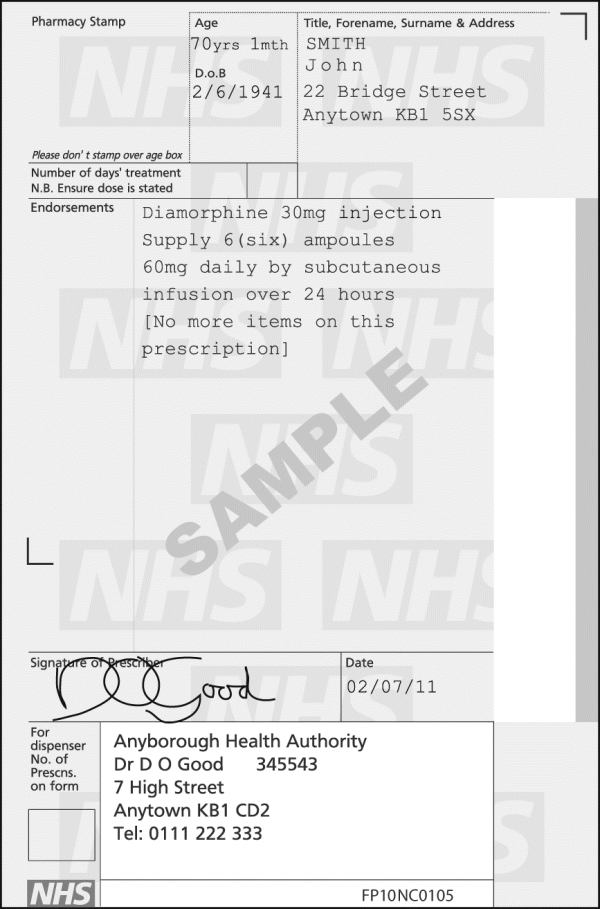There are special prescription requirements for certain drugs, classed as “Controlled Drugs”. These requirements are in part to monitor the distribution of drugs that are potentially harmful when misused, to prevent patients developing a drug dependency, and to prevent those who misuse drugs from obtaining a prescription by deception.
Controlled drug prescribing is a common station to find in final-year OSCEs and you’ll be writing a lot of these as a doctor, so it’s worth learning well. Controlled drug (CD) prescriptions aren’t too different from normal prescriptions, so, as always, getting good at the basics is advisable!
Acts and regulations
The Misuse of Drugs Act 1971 splits controlled drugs into classes A, B and C depending on the harmfulness attributable to the drug when it is misused. This classification forms the basis for legal penalties for unlawful possession and distribution.
The Misuse of Drugs Regulations 2001 sets out regulations surrounding controlled drugs, including who can supply and possess controlled drugs in a professional capacity. These regulations split controlled drugs into schedules:
- Schedule 1 includes drugs like cannabis*, which are never used for medical purposes.
- Schedule 2 includes drugs such as diamorphine, morphine, pethidine and amphetamine.
- Schedule 3 includes drugs such as barbiturates, buprenorphine, midazolam and temazepam.
- Schedules 4 and 5 exist, but the drugs within are not subject to special prescription requirements.
All drugs in schedules 2 and 3 (other than temazepam) are subject to prescription requirements. You do not need to write a controlled drug prescription for temazepam.
Requirements for a controlled drug prescription
Controlled drug prescriptions must:
- Be indelible
- Be dated
- Be signed by the prescriber
- Include the prescriber’s address
- Include the name and address of the patient
- Include the date of birth of the patient (and age if <12 years)
- Include the form of the preparation – e.g. tablets, even if there is only one form of the drug
- Include the strength of the preparation, if appropriate
- Include the total quantity in both words and figures OR number in words and figures of doses to be supplied
- Include the dose to be taken
Controlled drug prescriptions should:
- Include the patient identifier (NHS number in England, Community Health Index number in Scotland, there is no guidance for Wales or Northern Ireland)
- Include the prescriber’s GMC number
- Have a diagonal line drawn underneath the prescription to indicate no more items, OR have “No more items” written under the last prescription
As the old saying goes, a picture is worth a thousand words, so here is an example of a controlled drug prescription on an FP10 prescription form.
* Sativex® (nabiximols) is an oromucosal spray extracted from Cannabis sativa, which is used in the treatment of moderate to severe multiple sclerosis spasticity. Its main active components are tetrahydrocannabinol (THC) & cannabidiol (CBD). Sativex® is a schedule 4, Part 1 drug; however, it is also listed as Class B. This means that people can lawfully possess Sativex® if it was prescribed to them, but to redistribute to people without a prescription is a criminal act: distribution of a controlled substance.
References
Controlled drug prescription example – British National Formulary
The post Controlled Drug Prescribing – OSCE guide appeared first on Geeky Medics.



















